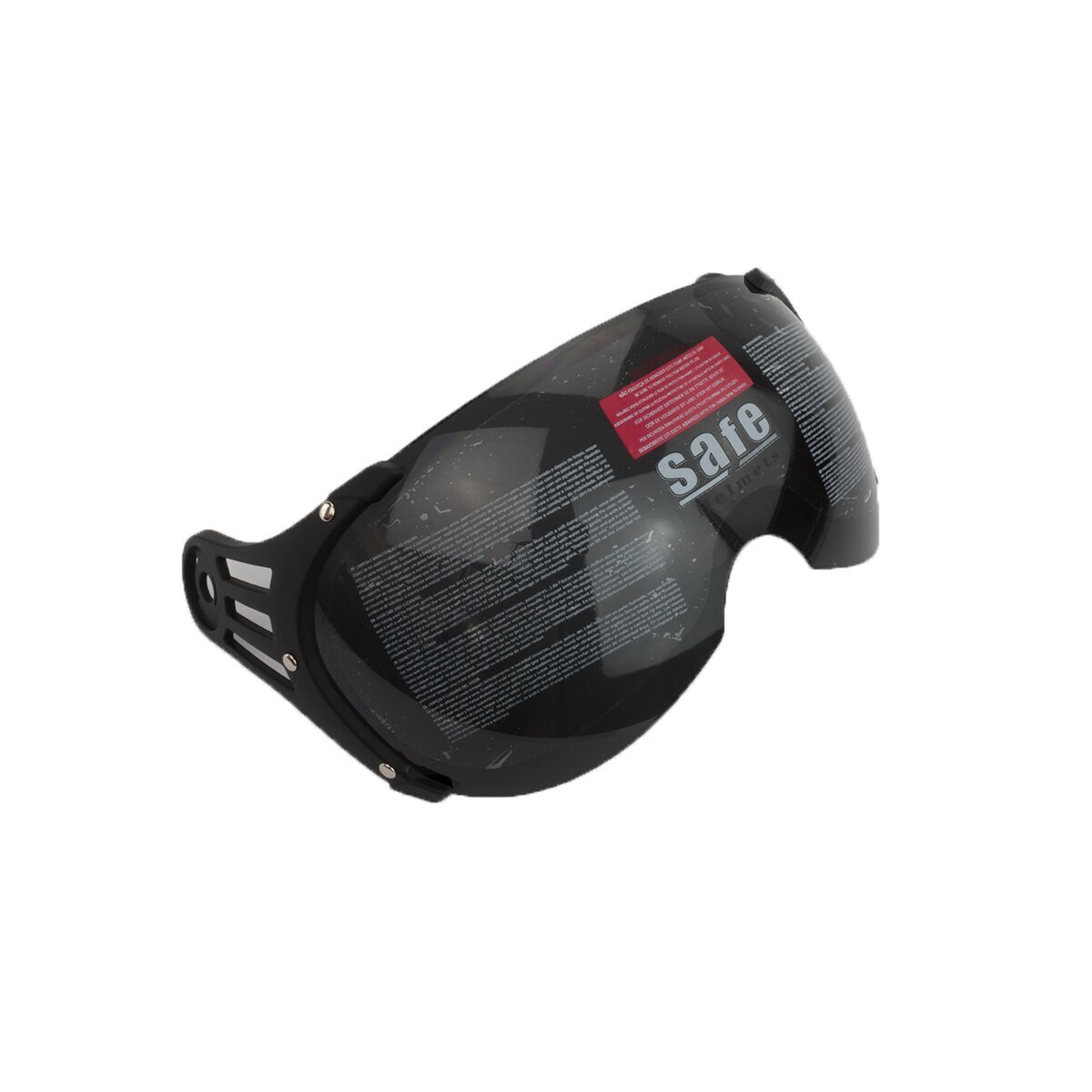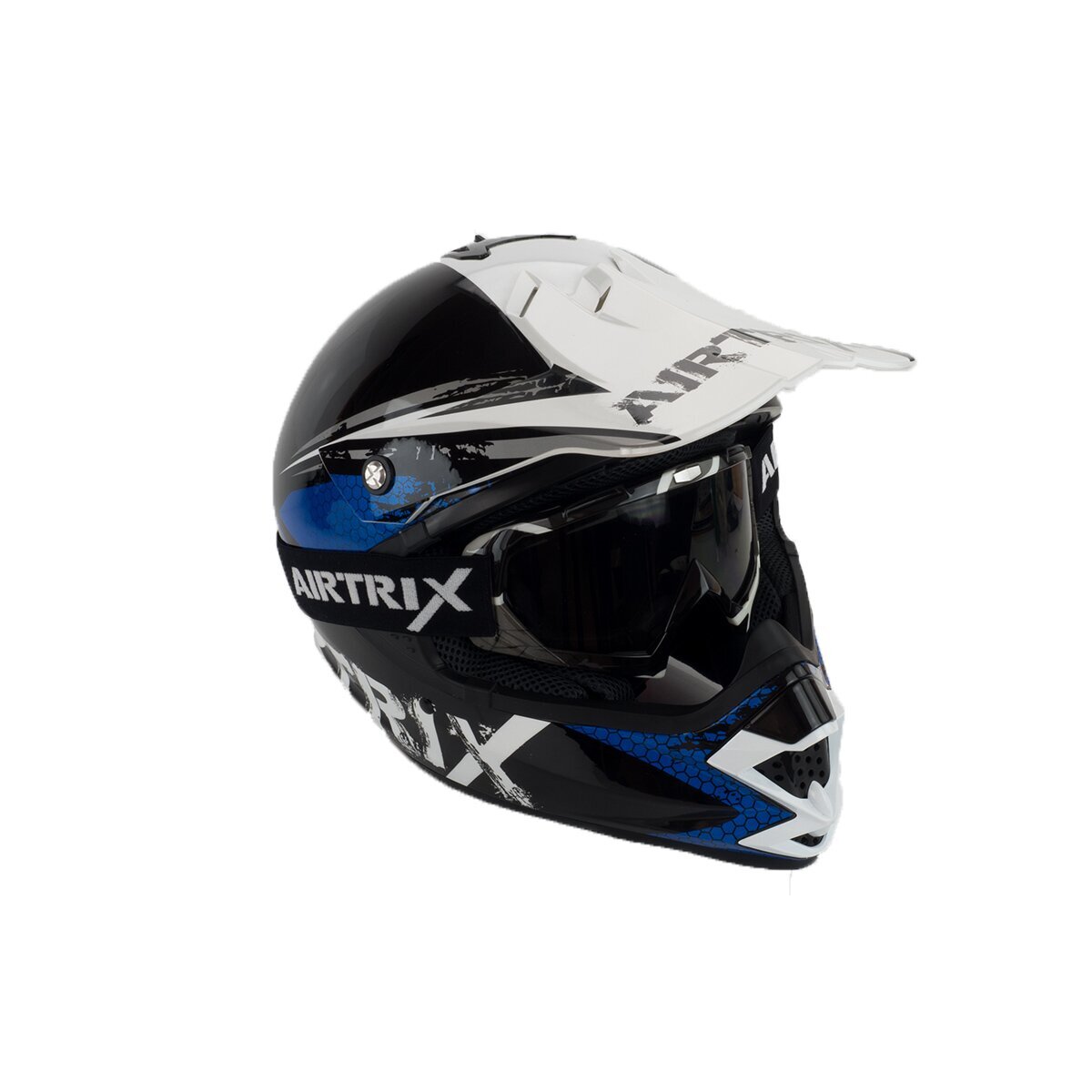motorcycle helmets
The motorbike crash helmet
Since 1976, helmets have generally been compulsory for motorbikes such as motorbikes, scooters, mokicks and mopeds with a design speed of more than 20 km/h for the rider and passenger.
Until the 1990s, the German DIN standard DIN4848 was the decisive test standard for motorbike crash helmets, and due to an exemption regulation, helmets without ECE marking are still valid in Germany today.
As of 1 January 1990, the ECE-22 test standard became the common test standard and thus replaced the old test standard. However, since it is a safety aspect, the test standard ECE22... is recommended in any case, and the insurance can be cancelled in the event of an accident with a crash helmet without the ECE2205 standard.
The first flip-up helmet was introduced at the end of the 90s. In principle, a flip-up helmet is an intgral helmet (full-face helmet) with a fixed chin section that can be folded up together with the visor by means of a joint. However, a flip-up helmet may not be worn open, the approval according to ECE2205 is based on a closed crash helmet.
A motorbike helmet or flip-up helmet must pass many tests, including of course the test of the chin strap of the crash helmet, which must be subjected to an extra test in accordance with the E standard, the load capacity of the chin strap and the securing of the chin strap.
The visor of a motorbike crash helmet is tested for penetration resistance of the visor and the tinting of the visor.
Sizes of crash helmets
The sizes of a motorbike crash helmet are indicated with the American system such as XXS, XS, S, M, L, XL, XXL and mean the following head circumference:

- XXS corresponds to a head circumference of 51-52cm
- XS corresponds to a head circumference of 53-54cm
- S corresponds to a head circumference of 55-56cm
- M corresponds to a head circumference of 57-58cm
- L corresponds to a head circumference of 59-60cm
- XL corresponds to a head circumference of 61-62cm
- XXL corresponds to a head circumference of 63-64cm
This circumference should be measured on the forehead approx. 1 cm above the eyebrows. A crash helmet has the optimum fit when there is a maximum of one finger's width between the forehead and the helmet's inner material and the helmet does not wobble or press directly.
The sizes of a crash helmet are unisex, and are suitable for women, men and children.
The inner lining, today's helmets have a satinised removable and washable inner lining, which can be washed in the washing machine at a low temperature.
A crash helmet is also used all summer in high temperatures and should therefore also be treated at least 1-2 times a year with a helmet pad cleaning the inner lining of the crash helmet, so that possible bacteria and impurities are removed.
A jet helmet is a crash helmet without a front part, i.e. the chin is free and partly with or without a visor. Such a helmet must go down over the ears to pass the ECER-2205 test standard, an open crash helmet such as a braincap cannot pass this test, as the risk of injury in a crash helmet without support is extremely high in the event of an accident.



